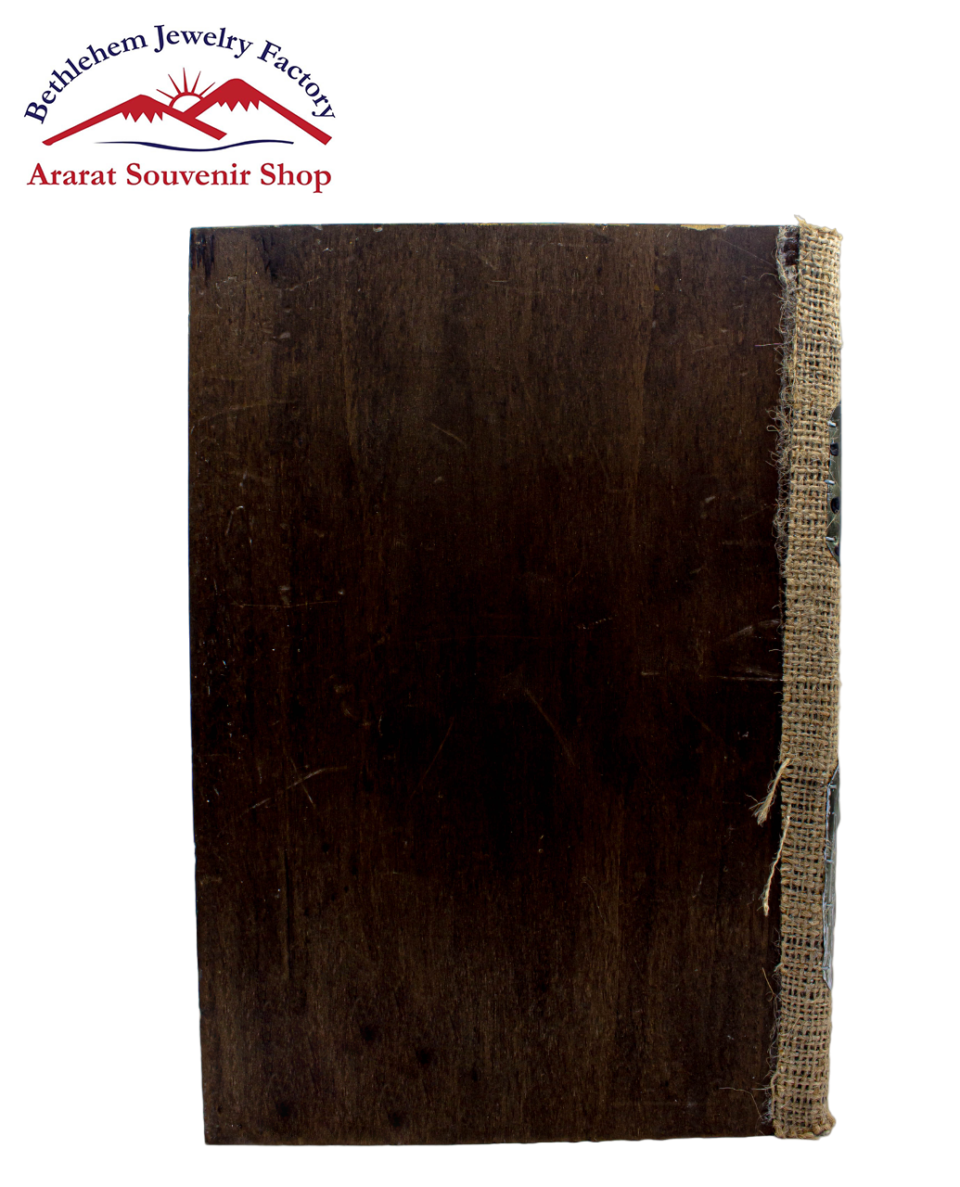Virgin Mary Icon Book Collection
The Virgin Mary, as portrayed in iconography, represents one of the most significant figures in Christianity, revered for her purity, grace, and maternal role in the life of Jesus Christ. As the mother of God, the Theotokos (God-bearer), she occupies a central position in Christian theology, spirituality, and art. The Virgin Mary Icon Book Collection is a profound compilation of various iconographic representations of Mary, highlighting her multifaceted nature and the diverse ways she has been celebrated throughout history.
The collection begins with the early depictions of Mary in the Church, occurring from the 2nd century onward. The earliest icons recounted her role as the embodiment of divine grace, often depicting her seated with the Child Jesus on her lap. These images conveyed the humanity of Christ while establishing Mary as a pivotal figure in salvation history. Icons from this period emphasize her role in the Incarnation, an affirmation of God entering human history through her, making her a vital link between the divine and human realms.
As the collection unfolds through centuries, it showcases various styles and forms, reflecting the cultural and theological shifts within Christianity. Byzantine icons, characterized by their rich use of gold, vibrant colors, and intricate detailing, illustrate Mary in multiple roles: as the compassionate and intercessory mother, the perpetual virgin, and the Queen of Heaven. Each icon carries a specific name and meaning, with titles such as “Hodigitria,” meaning “She Who Shows the Way,” and “Eleusa,” which highlights her compassionate nature.
One of the most notable icons featured in the collection is the “Madonna and Child.” This traditional representation showcases Mary holding the infant Jesus, symbolizing her dual role as both mother and protector. The tenderness of their interaction is a significant theme, emphasizing the love and bond shared between them. The icon invites the viewer to reflect on the intimate relationship of motherhood, exemplifying Mary as a model of faith and devotion.
As the collection continues, it incorporates icons from the Gothic period and Western art, revealing cultural variations in depicting Marian themes. The wisdom and presence of Mary are highlighted in the works of renowned artists such as Raphael and Michelangelo. Their interpretations often exalt Mary’s beauty and grace, illustrating both her humanity and her divine vocation as the Mother of God. The collection connects each work to the evolving theological insights surrounding Mary, showcasing how artists sought to convey her significance through visual language.
A dedicated section of the collection examines the global influences of Marian devotion. From the veneration of Our Lady of Guadalupe in Mexico, representing cultural identity and hope, to the Eastern Orthodox icons of Mary, deeply rooted in liturgical context and prayer, these representations testify to the universal nature of her significance. Each icon in this section serves as a bridge between cultures, demonstrating how Mary’s maternal qualities resonate with people of diverse backgrounds.
The book delves into the spiritual practice of “Theotokos” devotion, exploring how the Virgin Mary has been a source of comfort and intercession for believers across centuries. Special prayer texts accompanying the icons guide readers in invoking Mary’s help, reflecting her role as a mediator between God and humanity. The collection emphasizes the significance of including Mary’s intercessory power in Christian prayer life, fostering a deeper connection to her compassion and support.
Significantly, the Virgin Mary Icon Book Collection also addresses the social and political dimensions of Marian devotion. During times of crisis, conquest, and social upheaval, images of Mary have served as symbols of hope and resilience. Historical incidents such as the Siege of Vienna in 1683 illustrate how the faithful turned to Mary for protection and strength, making the icons a reflection of cultural identity and solidarity.
Moreover, the book highlights the modern interpretative frameworks that encourage a more inclusive view of Mary. By engaging with feminist theological perspectives, the collection invites readers to examine Mary’s story through contemporary lenses. This approach brings forth the themes of empowerment and agency, illustrating how Mary becomes a symbol of strength and courage for women navigating the challenges of modernity.
Each page of the Virgin Mary Icon Book Collection is a journey through time and spirituality, illuminating the profound impact of Marian iconography on art, faith, and culture. The collection invites readers to immerse themselves in the beauty and depth of Mary’s story, encouraging a personal encounter with her maternal love.
Concluding with an invitation for contemplation, the collection encourages readers to consider how the Virgin Mary can inspire their own faith journeys. By emulating her virtues—humility, faithfulness, and compassion—believers are encouraged to draw nearer to God and embrace their own roles within the tapestry of the Christian community.
In essence, the Virgin Mary Icon Book Collection serves as an invaluable resource for understanding the significance of Marian iconography across religious, cultural, and historical spectra. Through its rich portrayal of Mary, the collection resonates with believers and seekers alike, affirming her enduring legacy as a central figure of hope, intercession, and unconditional love within the Christian tradition. The story of Mary, told through the lens of sacred art, continues to inspire hearts and minds across generations, inviting all to explore the depth of her faith and heart.















Reviews
There are no reviews yet.